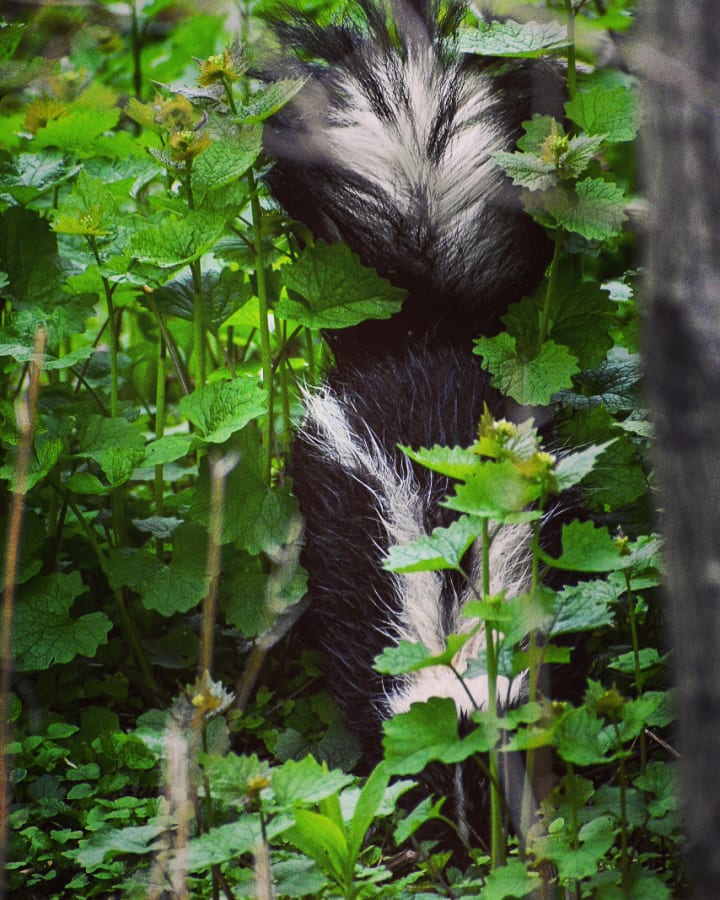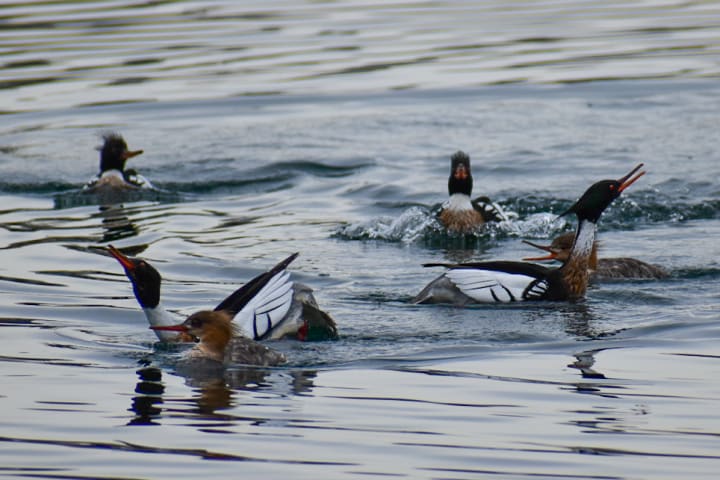
If you’ve already heard the first bird chirp in the morning twilight, and lying half-awake in bed you decide to catch the sunrise over Lake Ontario, then you’d better get moving; because if you have any kind of drive ahead of you to get there, even a short one as I do, then you’re already late.
Observing all traffic ordinances along the way, I pulled into the Sir Casmiri Gzowski Park parking lot, grabbed my camera bag, left the car and crossed the boardwalk to the soft sand of the wide beach. I found a flat rock by the water’s edge and sat down.
In front of me lay the expanse of Lake Ontario, placid and dark in the silence of early morning. I had arrived in time to admire the waning half-moon, pallid and low near the horizon, as I waited for the sun to lift from behind the city skyline. It turned out to be a great spot to see one of nature’s more glorious spectacles as daylight broke over the rooftops and spilled across the bay.
It was a morning well worth getting out of a warm bed for on an early Sunday when it was still dark through the curtains and you could hear the first bird of the morning begin to chirp.

Uh-oh, Here comes trouble! Actually, this skunk was busily occupied with foraging, not overly concerned with the goings on of others, nor all that stinky (there was a faint whiff). I followed for awhile, at a respectful distance of course, as it hunted under the low trees and bushes at the edge of a meadow.
Only the rustling tops of weeds and grasses marked its path. With it’s low-bellied, short-legged body mostly hidden from view, that warning flag of a tail waved above the veld occasionally, giving pause; but it would be easy, I thought, to run up on it if you weren’t paying attention.
I had read that palaeontologists have discovered the bones of an ancient skunk of the late Mesozoic, one that roamed the hills of Chilean Patagonia at the time of the dinosaurs. Would a Cretaceous-era skunk have produced scent in orders of magnitude more appalling than the present day? I mused on the relative threat-to-deterrent ratio that fending off a Tyrannosaurus Rex would likely represent to a small, herbivorous mammal and concluded that the early ancestor of this modern Skunk could surely clear any room or, if sufficiently motivated by a T-Rex, an entire municipality with its prodigious abilities.
As the skunk wandered further back into the woods, a young raccoon scurried out of its way and galloped off down a path between the trees. It occurred to me then that the young raccoon was probably showing more sense than I was and so, having heard that “caution is the better part of valour,” I kept walking, leaving the skunk to it’s business.

Over the past few weeks, flocks of Red-breasted Merganzers have been splashing around close to Toronto shores, engaging in boisterous courtship displays.
The displays follow variations upon an outrageous pattern: both males and females will throw their heads back and, from beneath up-tilted beaks, peer at one another like aristocrats at a cocktail party.
Often too, the males bow forward so that their shoulders are submerged with only their tail, head and neck showing. It is not an obsequious bow but intended, I suppose, to demonstrate impressive gallantry.
From this awkward position the males then open their red bills widely and croak; their low, raspy utterances nothing but murmured dulcet eloquence to the female Merganzer ear.
After a good deal of this posturing, bowing and croaking, all would then burst suddenly forward, trailing a splashing wake behind them in their rush. They would paddle madly toward each other and then, just as suddenly, they would stop and begin the whole routine again.
About the Creator
Andrew Turnbull
I take out my camera, screw on the telephoto lens, and start walking.
Letting go of thoughts or worries, I silently ask, “What is beautiful and interesting today?”
The answer to that question is what I photograph and write about here.






Comments
There are no comments for this story
Be the first to respond and start the conversation.